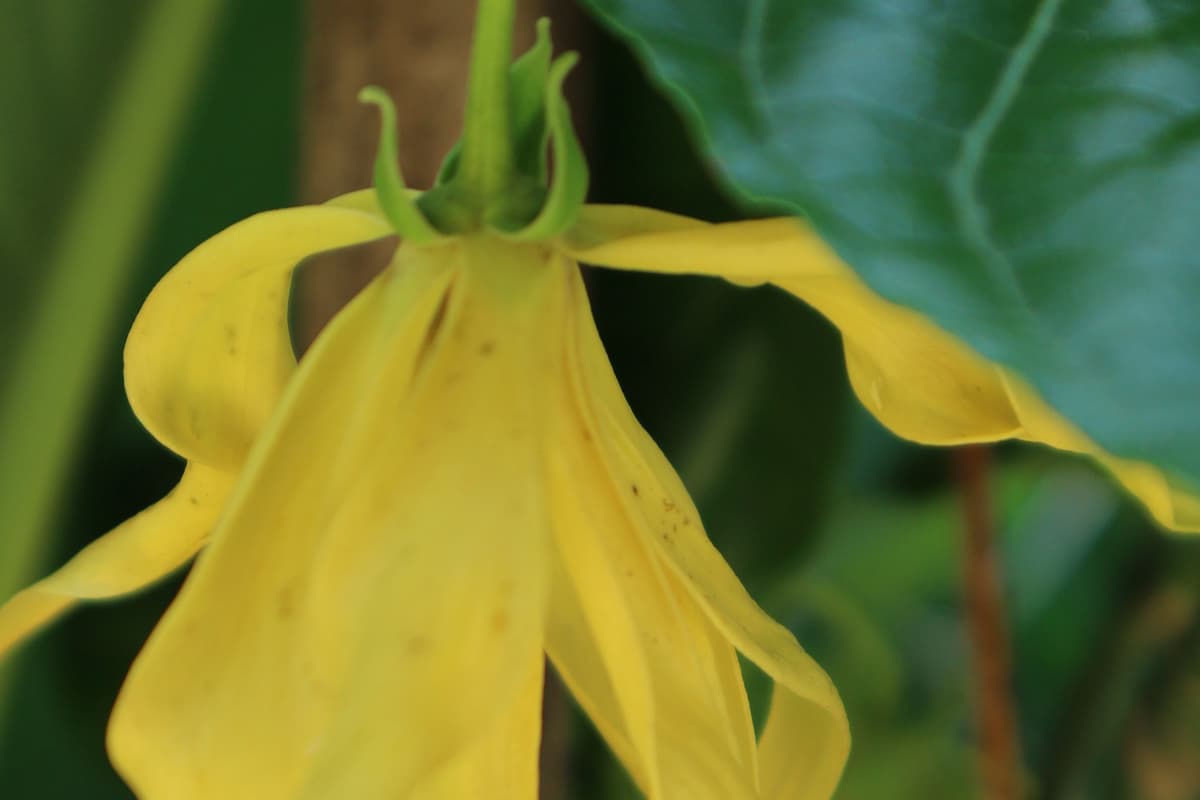Traditional monoi recipes
As with culinary recipes, monoï also comes in a variety of versions. They differ from place to place, but also from family to family. There are no written records of the old ways, only word-of-mouth. Here are a few traditional monoi recipes.
The different traditional recipes
There are almost as many different recipes as there are Polynesian families. Monoï is part of the ancestral culture. The know-how is handed down from mother to daughter.
The mamas' monoï recipe is a legacy of the past. It is still made by hand. Monoï is made from freshly grated coconut kernel oil and tiare flowers, nothing more, nothing less. The coconuts are harvested from coral soil, then opened after harvesting. The mamas extract the pulp to make oil. They add 10 tiare flower buds to 1 liter of oil, and leave it to macerate for a few days in full sunlight. The mixture must be stirred regularly by hand to ensure that all the oil is impregnated with the essences of the perfume.
Visit monoï de Tahiti is made for export. It meets very precise specifications to enable it to fill shelves the world over. Coconut oil can go rancid, but coconut oil much less so. As a result, it replaces the ancestral coconut oil in the recipe found today in other countries around the world. That said, Monoï de Tahiti has been certified as an appellation of origin, to guarantee that it is a product of Polynesia, produced according to ancestral know-how. Prior to this, all kinds of substances could bear the name "monoï".
Different monoï recipes in different regions and Tahitian secrets
Each region has its own monoi-making method. But while most are similar, others are completely unique.
In Tuamotu, to make manog'i (monoi in the Paumotu language), you need sprouted coconuts, Miki Miki flowers and... hermit crabs. This last, very surprising ingredient is used to speed up the fermentation process. Only the crustacean's abdomen is used. Here, we don't use Tiare flowers, but Miki Miki, which are more widespread and just as fragrant. The flowers are used after being dried for a few days. To obtain this manog'i, coconuts are grated and made into milk. The flowers are then added to the liquid, along with the abdomens of hermit crabs. The elixir must "ripen" in the sun for a few days before manog'i can be obtained.
Depending on the region, it is also possible to find monoi impregnated with different flowers. For a long time, the tiare flower was the property of the monarchy and the nobility. Not everyone had access to them. The mamas replaced them with other flowers: vanilla, frangipani, ylang-ylang, kahaia, pitate and so on.

In Rimatara, crabs rather than hermit crabs are used to accelerate maceration and develop the flowers' fragrance. On the Marquesas Islands, monoï is also made from Otimé (a species of mint).
In fact, most Polynesian monoï producers use hermit crab abdomens to make their monoï. This is not a very popular ingredient with Europeans and, above all, is too suspect in the eyes of strict cosmetics regulations. In other words, the monoï found in Europe and many other countries around the world remains profoundly vegan, i.e. without hermit crab abdomens.

 en
en 






